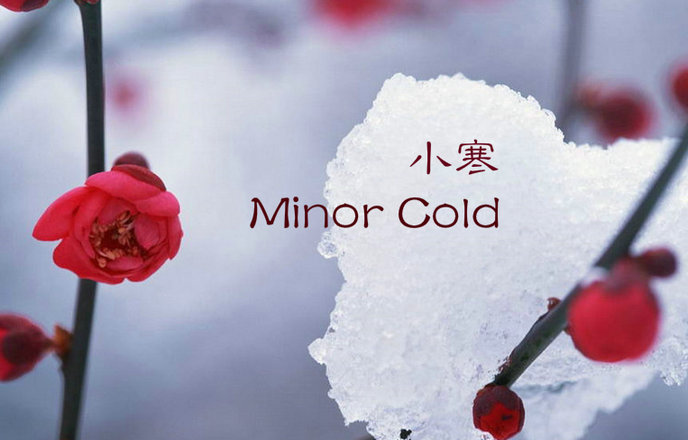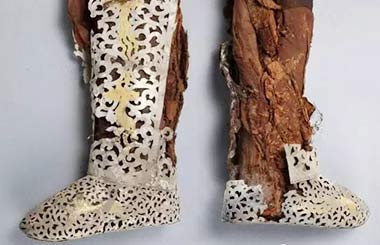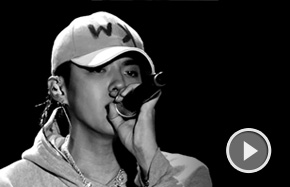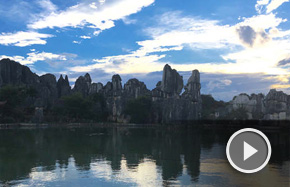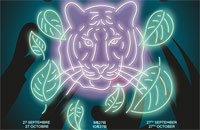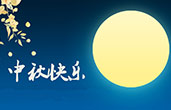Chinese novels make waves globally
 |
|
Cao Wenxuan wins the Hans Christian Andersen Award 2016 for children's fiction. [Photo provided to China Daily] |
"It was also a trend for writers to personalize their take on history, offering a touch of warmth to a cold past," says Bai, and he pointed to Mao Dun Literature Award winner Ge Fei's Wang Chun Feng (The Spring Breeze) as an example of this kind of work.
Wang Chun Feng is about a village's transformation seen through the eyes of a young boy.
Giving other examples of these kinds of works, Bai points to Fang Fang's Bare Burial, a story about a lost family history during and after land reform, and Lu Nei's Mercy, which is about a factory worker's life before and after reform and opening up.
Another example is Hong Kong-based Ge Liang, born in 1978, and his semi-family biography Paper Hawk.
Referring to younger writers, Bai says that writers born in the 1980s are making a noticeable impression on their audiences.
Zhang Yueran made a mark with The Cocoon, which is about two young people searching for the facts behind the disappearance of their fathers.
Online writer Tangjia Sanshao's (real name Zhang Wei) autobiographical novel also caught Bai's attention.
The book is about how a self-made writer achieved fame with help of his wife.
Meanwhile, online writing is offering more choices to readers.





